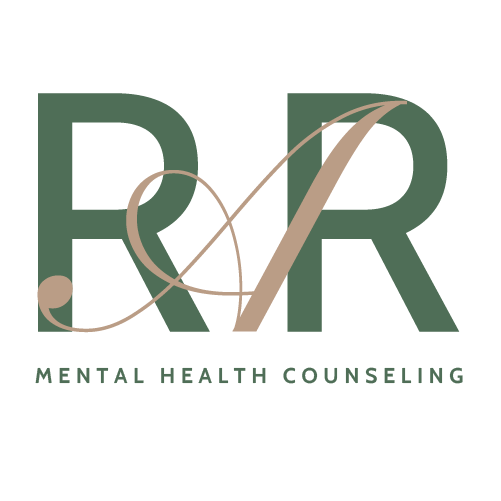Words can be powerful tools, weaving tales of joy and weaving tapestries of understanding. But sometimes, when emotions run deep and words stumble, other voices yearn to be heard. This is where expressive therapies, stepping stones across the river of silence, offer a transformative journey of emotional healing.
Forget sterile couches and therapist’s pronouncements. Expressive therapies dance to a different rhythm. They offer canvases instead of notebooks, melodies instead of monologues, and movement instead of meditations. They invite you to bypass the rational mind and tap into the wellspring of emotions through creative expression.
Imagine pouring your anxieties onto a canvas with vibrant strokes, letting go of burdens with the soaring notes of a melody, or releasing grief through the graceful movements of dance. Expressive therapies become a bridge between your inner world and the external, allowing you to express what words cannot.
But how do these creative outlets unlock emotional healing? Here’s a glimpse into the magic:
Art Therapy:
Unleash your inner Picasso or Van Gogh. Painting, sculpting, and even doodling can provide a safe space to explore emotions, tap into hidden feelings, and release pent-up energy. Colors become metaphors, textures embody emotions, and the canvas becomes a mirror reflecting your inner landscape.
Music Therapy:
Channel your inner rockstar or maestro. Music evokes emotions with a potent power. Through improvised melodies or rhythmic drumming, you can express the unspoken, explore grief or anger, and even find solace and hope in the harmony of sound.
Dance Therapy:
Let your body tell the story. Movement becomes a language of emotional expression. Through graceful twirls or powerful stomps, you can release tension, process trauma, and rediscover the joy of inhabiting your own body.
Drama Therapy:
Take the stage of your own emotional journey. Play-acting and improvisation provide a platform to explore challenging situations, rehearse difficult conversations, and overcome anxieties in a safe, creative space.
Writing Therapy:
Let your pen be your compass. Journaling, poetry, or even storytelling allow you to delve into the labyrinthine depths of your emotions, unraveling complex thoughts and finding meaning in messy experiences.
The benefits of these expressive therapies are not mere whispers; they are resounding choruses:
- Reduced stress and anxiety: Art therapy sessions can lower cortisol levels, offering a soothing balm to our frazzled minds.
- Improved emotional regulation: Music therapy helps us identify and manage difficult emotions, fostering a sense of emotional control.
- Enhanced self-awareness: Dance therapy challenges us to connect with our physical selves, leading to a deeper understanding of our emotional landscape.
- Trauma processing: Drama therapy provides a safe space to confront and reframe traumatic experiences, promoting healing and empowerment.
- Boosted communication: Writing therapy allows us to articulate complex emotions, paving the way for clearer and more honest communication.
So, if you’re searching for a language beyond words, if your emotions yearn for a canvas beyond a therapist’s notepad, take a leap of faith into the vibrant world of expressive therapies. It’s a journey of self-discovery, a dance with your own emotions, and a symphony of healing played on the notes of creativity.
Remember, you are not a patient, you are an artist. You are not a diagnosis, you are a song waiting to be sung. Unleash your inner poet, unleash your inner dancer, unleash the colors of your soul.
Expressive therapies await, ready to guide you on a transformative journey of emotional healing, one brushstroke, one note, one twirl at a time.
Embrace the silence, for it whispers the promise of a thousand songs waiting to be born within you. Let expressive therapies be your voice, your brush, your melody, and embark on a transformative journey where healing dances to the rhythm of your own creative spirit.
If you like this content and want to talk to one of our therapists about getting help, please reach out below:


